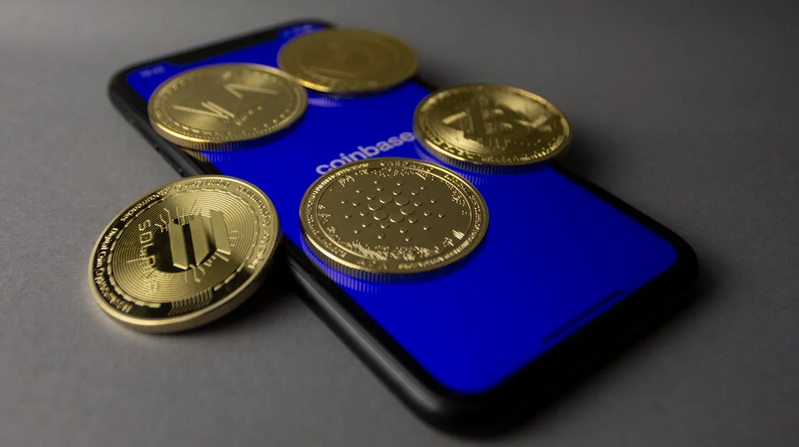In a world that’s constantly on the move, where speed and convenience reign supreme, quick loans are becoming an essential lifeline for many. Whether it’s funding an unexpected medical bill or seizing a last-minute opportunity, these financial tools offer immediate relief in times of need. But as we look ahead, what can we expect from the landscape of quick loans? From technological innovations to shifting consumer priorities, several trends are poised to redefine how we access credit. Join us as we navigate tomorrow’s financial frontier and explore the key trends shaping the future of quick loans—because when it comes to your finances, being informed is just as important as being fast.
Artificial Intelligence and Machine Learning

Artificial Intelligence (AI) and Machine Learning (ML) are revolutionizing the financial industry, including the quick loan sector. These technologies are enhancing the efficiency and accuracy of loan approval processes. AI-driven systems can analyze vast amounts of data in real time, assessing creditworthiness more effectively and quickly than traditional methods. Machine learning algorithms improve over time, enabling lenders to predict borrower behavior and manage risk with greater precision. As these technologies advance, we can expect quicker loan approvals and more personalized loan offers.
Blockchain Technology
Blockchain technology, known for its secure and transparent transaction capabilities, is making its mark on the quick loan industry. By leveraging blockchain, lenders can create immutable records of transactions, which enhances security and reduces fraud. Smart contracts, a blockchain application, can automate and enforce loan agreements, ensuring that terms are met without manual intervention. This technology not only accelerates the loan approval process but also increases trust and accountability in financial transactions.
Digital-Only Lenders
The rise of digital-only lenders is a significant trend in the quick loan sector. Unlike traditional banks, these lenders operate entirely online, eliminating the need for physical branches and associated overhead costs. Digital-only lenders use streamlined online platforms to process applications, often resulting in faster approvals and disbursements. This trend is expected to grow as consumers increasingly prefer the convenience and efficiency of online services.
Enhanced Customer Experience Through Personalization

Personalization is becoming a cornerstone of the quick loan experience. Advances in data analytics and AI enable lenders to offer tailored loan products that align with individual borrower needs and financial profiles. Personalized recommendations and offers based on a borrower’s unique situation can improve satisfaction and increase the likelihood of loan approval. Enhanced customer experience through personalization is expected to drive competition and innovation in the pikalaina market.
Alternative Data for Credit Assessment
Traditional credit scoring models are being supplemented or replaced by alternative data sources. These sources include social media activity, utility payments, and even rental history. Alternative data provides a more comprehensive view of a borrower’s financial behavior, especially for those with limited or no traditional credit history. By incorporating alternative data, lenders can offer quick loans to a broader range of applicants, including those who may not have access to conventional credit scoring.
Regulatory Changes and Compliance
As the quick loan industry evolves, so does the regulatory landscape. New regulations are being introduced to address concerns such as predatory lending practices and data privacy. Compliance with these regulations is crucial for lenders to maintain trust and avoid legal pitfalls. Staying abreast of regulatory changes and adapting to them will be essential for lenders to continue offering quick loans while ensuring fair practices and protecting consumer rights.
Integration With Fintech Ecosystems

The integration of quick loans with broader fintech ecosystems is a growing trend. Financial technology platforms, including budgeting tools, investment apps, and digital wallets, are increasingly incorporating loan services. This integration allows users to seamlessly access quick loan options alongside other financial services, enhancing convenience and user experience. The convergence of quick loans with fintech ecosystems is expected to create more holistic financial solutions and drive innovation in the sector.
The future of quick loans is being shaped by technological advancements and evolving consumer expectations. Artificial Intelligence, blockchain technology, digital-only lenders, personalization, alternative data, regulatory changes, and fintech integration are all contributing to a more efficient and customer-centric quick loan landscape. As these trends and innovations continue to develop, they promise to enhance the speed, accessibility, and security of quick loans, providing borrowers with more effective financial solutions in an increasingly digital world. Staying informed and adapting to these changes will be key for both lenders and borrowers in navigating the future of quick loans.…




 Auto Loans
Auto Loans




